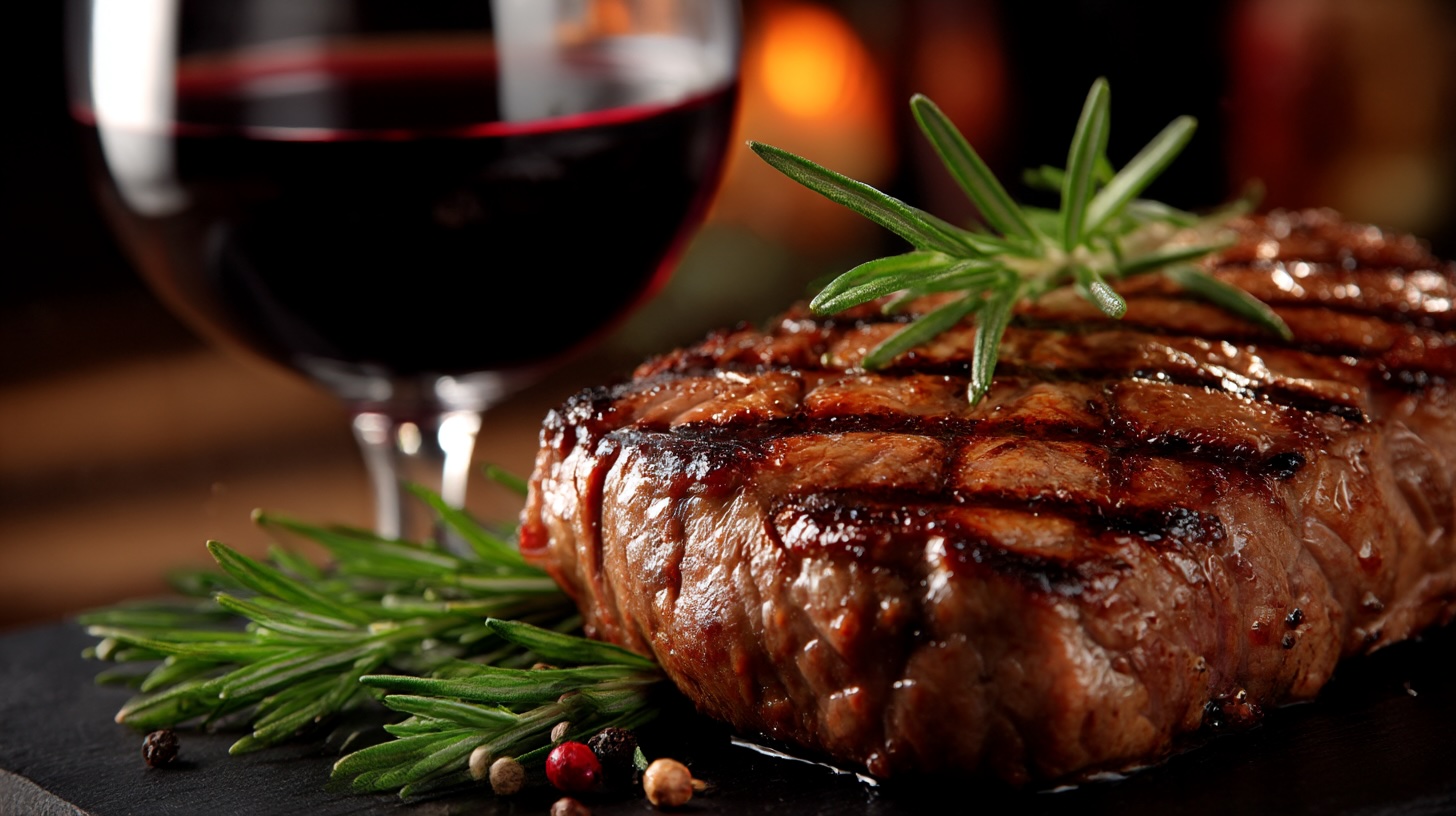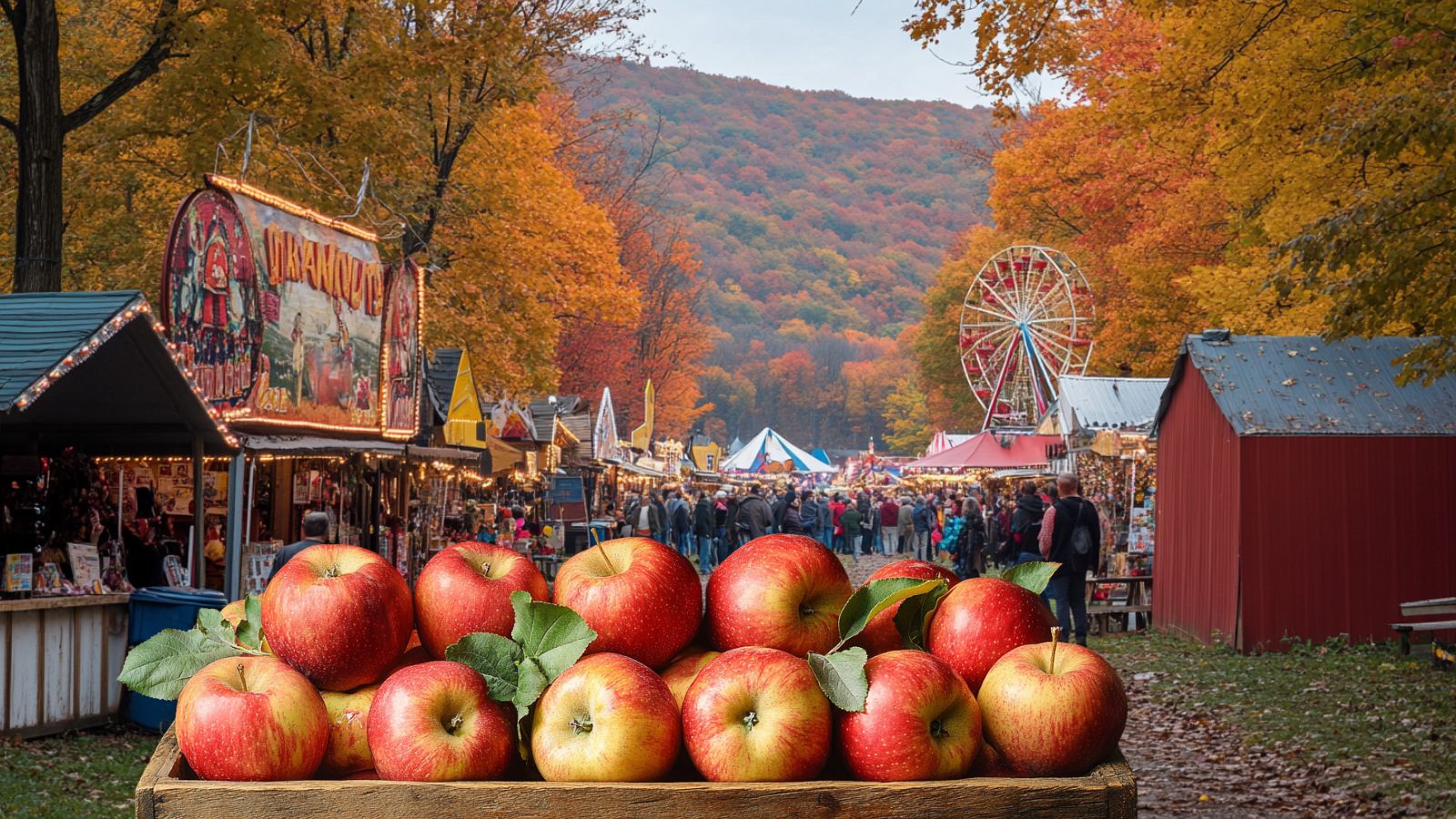Lal Mohan
Lal Mohan is not a man. It sounds like it could be the name of someone in a Satyajit Ray novel — perhaps a mild-mannered uncle with a fondness for detective fiction and digestive powders. But no, Lal Mohan is a dessert. A very red, very syrupy, very tender dessert that lives somewhere between nostalgic overindulgence and culinary genius. It is, to be precise, the Eastern cousin of the ever-popular gulab jamun, known in Nepal and parts of northern India as Lal Mohan. And yes, it is exactly as decadent as that name suggests.
Let’s start with where it comes from. Lal Mohan, as it is known in Nepal, is essentially gulab jamun by another name — but it’s more than just rebranding. It often features slight but meaningful tweaks that make it feel regionally distinct. The name itself gives away part of the story. “Lal” means red, and “Mohan” is a poetic term for someone charming or delightful — think of it as “Charming Red” or perhaps even “Mr. Deliciously Scarlet.” In Nepal, Lal Mohan tends to be slightly larger and softer than the Indian gulab jamun, with a deeper reddish-brown hue thanks to longer frying or the use of certain flours. It’s the kind of sweet you might find at weddings, festivals, or during long monsoon afternoons when the power goes out and someone decides to fry their way to happiness.
Gulab jamun itself has an origin story that could rival any historical epic. Many believe it evolved from Persian and Turkish desserts brought to India by the Mughals — think luqmat al qadi or Turkish lokma. These syrup-soaked doughy delights travelled, adapted, got a bit spongier, a bit milkier, and became the treats we know today. In Nepal, these were lovingly localised into Lal Mohan, which now stands proudly at the dessert table next to rasbari, peda, and kheer.
What makes Lal Mohan special, even among the pantheon of South Asian sweets, is its texture. Biting into one is like sinking your teeth into a syrupy cloud that holds its shape just long enough to collapse in delight. The dough is usually made from khoya (milk solids), maida (refined flour), and a whisper of baking soda. But in many Nepali versions, there’s a tendency to use powdered milk instead of khoya, which gives it an ever-so-slightly different texture — a little more spongy, a little less chewy. The balls are deep-fried to a reddish-golden glow and then dunked in a sugar syrup that often features cardamom, rose water, or saffron.
Some versions are stuffed with dry fruits — almonds, cashews, pistachios — or even scented with cloves for an added layer of warmth. And let’s not forget the sugar syrup, which isn’t just sugar and water but an aromatic plunge into flavour: rosewater, a hint of lime, sometimes even orange zest if someone is feeling creative.
When it comes to drinks that pair well with Lal Mohan, think opposites. It’s rich, so go light: a glass of unsweetened chai with fresh ginger, or even a cold black Darjeeling iced tea. If you’re not beholden to tradition, a sparkling wine like Prosecco or an off-dry Riesling can cut through the sweetness like a pro. Or, for the non-committal sweet tooth, even a fresh mint-lime soda does the trick.
As for other foods that complement it, Lal Mohan works exceptionally well after spicy mains. A fiery goat curry? Perfect. A plate of momos drowning in chilli tomato sauce? Now you’re ready. The logic is simple: heat, then sweet. Bonus points if you follow it with a nap.
Now, let’s not pretend this is a health food. It is, unapologetically, sugar, fat, and joy in spherical form. One ball contains enough caloric enthusiasm to fuel an entire village sprint. But there are perks. It’s gluten-light, for one. And if you’re using milk powder or khoya, you get a decent dose of calcium and protein to help justify your fifth helping. Cardamom and saffron, those herbal heroes of Ayurveda, lend anti-inflammatory flair and digestive support. But mostly, Lal Mohan is about happiness, not health.
You can find Lal Mohan in Nepali sweet shops, especially in cities like Kathmandu, Pokhara, and Janakpur. Indian sweet shops might have them too, especially those run by people from Uttar Pradesh or Bihar, but you might need to ask for the more common name gulab jamun. Of course, if you walk into a shop and say, “I want the red round one that tastes like it was kissed by a syrup fairy,” they’ll probably get the idea.
And if you’re feeling brave, you can make it at home. It’s not as hard as you’d think — as long as you don’t mind a bit of frying and sugar syrup gymnastics.
Lal Mohan Recipe
Ingredients:
- 1 cup milk powder
- 1/4 cup all-purpose flour (maida)
- 2 tablespoons ghee (clarified butter)
- A pinch of baking soda
- Milk (as needed to make a soft dough, around 1/4 cup)
- Ghee or oil for deep frying
For the sugar syrup:
- 2 cups sugar
- 1.5 cups water
- 4 green cardamom pods, crushed
- 1 tablespoon rose water or a few strands of saffron
Start by making the syrup. Combine sugar and water in a pan, heat until the sugar dissolves, and simmer for 10 minutes. Add cardamom and rosewater (or saffron), and keep it warm but not boiling.
Mix the milk powder, flour, ghee, and baking soda. Add milk little by little until a soft, crack-free dough forms. Let it rest for ten minutes. Then roll into small balls, remembering they will double in size once fried and soaked.
Heat ghee or oil in a deep pan on medium-low. Fry the balls gently, moving them continuously so they brown evenly. Don’t rush this — too much heat and they’ll be raw inside. Once they’re a gorgeous reddish-golden brown, remove them and place them on paper towels.
Let them rest a minute or two, then drop them gently into the warm syrup. Let them soak for at least an hour — the longer, the better. Serve warm, at room temperature, or chilled, depending on how impatient you are.
Lal Mohan is not just dessert. It’s drama, comfort, celebration and the culinary equivalent of a hug from your sweetest aunt. Try it once and you’ll understand why one is never enough, and two is just foreplay.




1 comment